Brand New Quartzite: ALREADY STAINED!
mjammjam
5 years ago
last modified: 5 years ago
Featured Answer
Sort by:Oldest
Comments (404)
suray2klim
3 years agoTimi M
3 years agoRelated Discussions
My brand new jet mist counter top stains very easily.
Comments (7)The manufacture won't be able to help you here as that manufacturer is Mother Nature. The fabricator won't be much help either, as the stone is performing as is it's nature to perform. It's a well known issue that honed black counters show every bit of oil based touching and hold on to the oils in their texture. I'm surprised that you didn't come across this information in your research for your counters. Sealing doesn't really help, as the culprit isn't the porosity of the granite itself, as black granites are almost completely non porous. The issue is the honed texture that traps the oils. It's the difference in a wood surface sanded with 80 grit sandpaper and 150 sandpaper. One has more surface area to grab you because of the coarser finishing. Black granites are dense enough that sealer won't penetrate and can actually exacerbate the "stain" issue. Some people have had good results from removing the sealer and then using Method granite cleaner, as that puts down a silicone oil coating that minimizes the appearance of oil stains. It is supposed to be safe for food contact surfaces, but I wouldn't make a sandwich on a counter treated with it....See MoreIs it crazy to stain brand new cabinets
Comments (29)I like your cabinets a lot! I think they look pretty neutral. You should see my orangey cabinets (that I hate but can't afford to change out). That would give you perspective. Anyway, I think in the nighttime pictures, your cabinets are going a little orange, so I would assume it's the lighting, and that can be changed. I think it's nice to have a large overhang for the stools, so long as it's properly supported. There are many threads about that issue, and that would be a big concern for me. Are there steel bars supporting the overhang? Or how was it installed? The cabinets (and your stool choice) are pretty traditional. I think you can really dress up this space with the cabinet hardware. Choose carefully! With so many cabinets, you have an opportunity to add a lot of bling, and perhaps get a bit transitional. I can't wait to see it finished....See MoreQuartzite NIGHTMARE
Comments (116)I know the original quartzite in this thread was not Vancouver, but there were a couple of folks thinking about Vancouver in this thread and were worried that it looked eerily similar. Did any of you move forward with the Vancouver and if so, what was your experience? I know every slab is different and I will attempt to do all much testing as possible, but the more data points the better......See MoreSea Pearl quartzite and walnut stain smear.
Comments (1)How do you like the Sea Pearl quartzite? I love the look of it, but am worried it will stain or etch. Is yours holding up so far? Would you be able to post a picture?...See MoreAndrea
3 years agoC Tilma
3 years agosuray2klim
3 years agoJoseph Corlett, LLC
3 years agoKris G
3 years agoKris G
3 years agoJoseph Corlett, LLC
3 years agoBeth H. :
3 years agokarin_mt
3 years agoJoseph Corlett, LLC
3 years agokarin_mt
3 years agoJoseph Corlett, LLC
3 years agoPeke
3 years agolast modified: 3 years agoHoward Jow
3 years agoStone Shop
2 years agoSofia Akhter
2 years agoMelissa Winchell
2 years agoHoward Jow
2 years agoMelissa Winchell
2 years agoHoward Jow
2 years agoDesiree Cesarini
2 years agoBeth H. :
2 years agolast modified: 2 years agoChessie
2 years agoDesiree Cesarini
2 years agoChessie
2 years agoDesiree Cesarini
2 years agoBeth H. :
2 years agolast modified: 2 years agoDesiree Cesarini
2 years agoBlueberryBundtcake - 6a/5b MA
2 years agoChessie
2 years agoBlueberryBundtcake - 6a/5b MA
2 years agoBeth H. :
2 years agolast modified: 2 years agoJoseph Corlett, LLC
2 years agovinmarks
2 years agoKelley Harrison Siepker
2 years agoJ Hack
2 years agoKelley Harrison Siepker
2 years agoJ Hack
2 years agoBlueberryBundtcake - 6a/5b MA
2 years agoKelley Harrison Siepker
2 years agoConnecticut Yankeeeee
2 years agoLaura Flynn
last yearBeth H. :
last yearlast modified: last yearE S
last yearBrenda
2 months agoC Tilma
2 months agoJoseph Corlett, LLC
2 months agoC Tilma
2 months agolast modified: 2 months ago
Related Stories
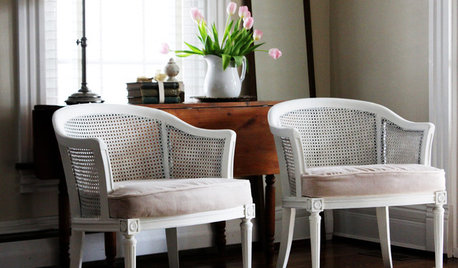
BUDGET DECORATINGBudget Decorator: 8 Ways to Make Old Furniture Look Brand New
Learn stripping, staining, painting and reupholstering basics to make bargain-basement furniture worthy of center stage at home
Full Story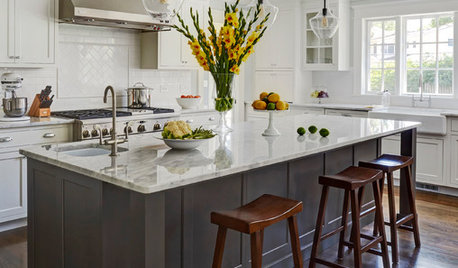
KITCHEN COUNTERTOPSWhat’s the Difference Between Quartzite and Quartz Countertops?
Weigh the pros and cons of these popular kitchen countertop materials
Full Story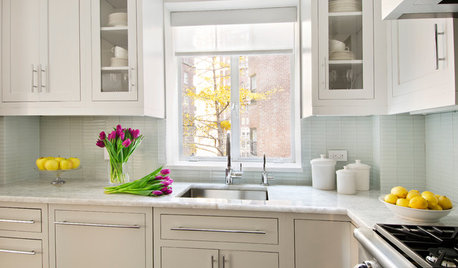
KITCHEN COUNTERTOPSKitchen Counters: Quartzite Offers Strength and Beauty
Eye-catching patterns and a natural pedigree make durable quartzite a popular alternative to granite and marble
Full Story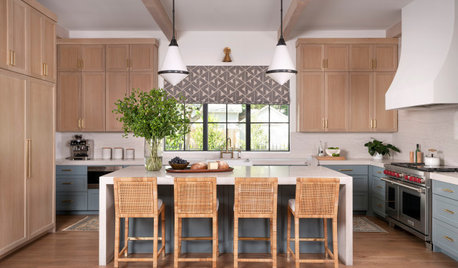
KITCHEN CABINETSPainted vs. Stained Kitchen Cabinets
Wondering whether to go for natural wood or a painted finish for your cabinets? These pros and cons can help
Full Story
KITCHEN CABINETSKitchen Cabinet Color: Should You Paint or Stain?
Learn about durability, looks, cost and more for wooden cabinet finishes to make the right choice for your kitchen
Full Story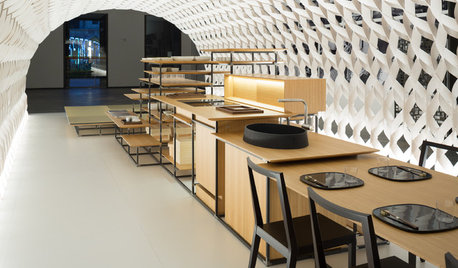
HOMES AROUND THE WORLDThe Kitchen of Tomorrow Is Already Here
A new Houzz survey reveals global kitchen trends with staying power
Full Story
HOUSEKEEPINGHow to Clean Grout — Stains and All
If your grout is grossing you out, this deep-cleaning method will help it look new again
Full Story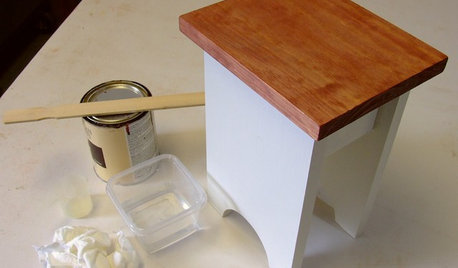
DIY PROJECTSCool Tip: Mimic Stain With a DIY Color Wash
Get the look of an oil-based stain without all the bother, using this easy wash made with paint
Full Story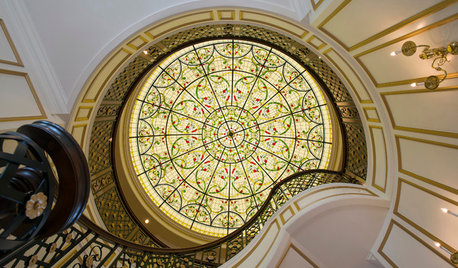
WINDOWSFlying Colors: Stained Glass Through the Ages to Today
Ancient palaces sported it. Monks were distracted by it. But today's stained glass designs may be more glorious than ever
Full Story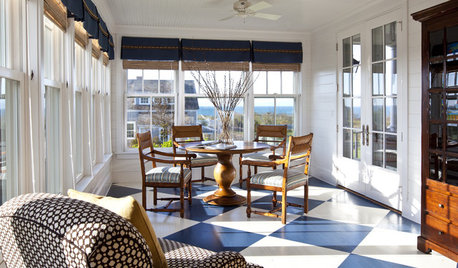
FLOORSHow to Paint Your Hardwood Floors
Know how to apply nail polish? Then you can give your wooden floors a brand-new look
Full Story


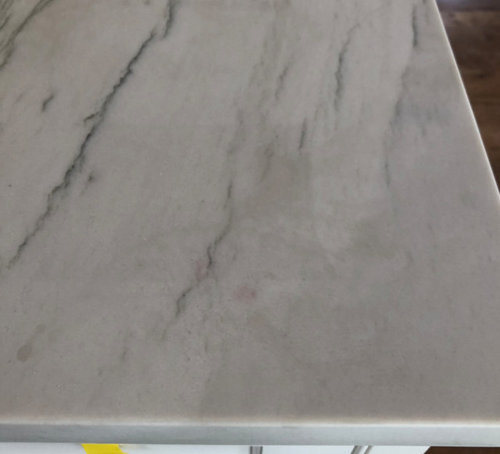
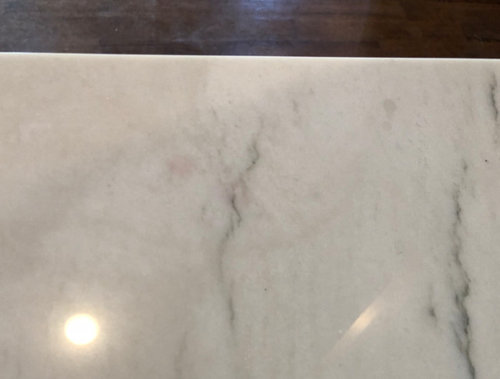

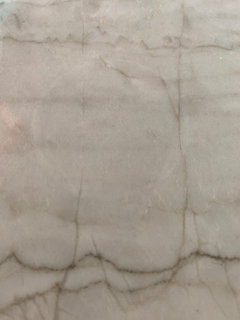
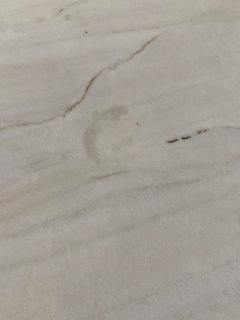

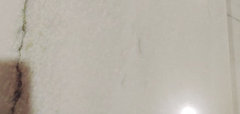

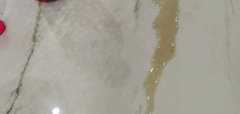



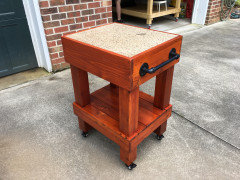
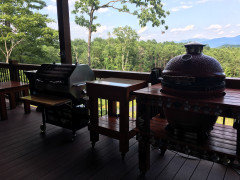


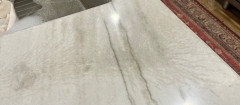

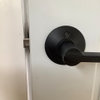

User